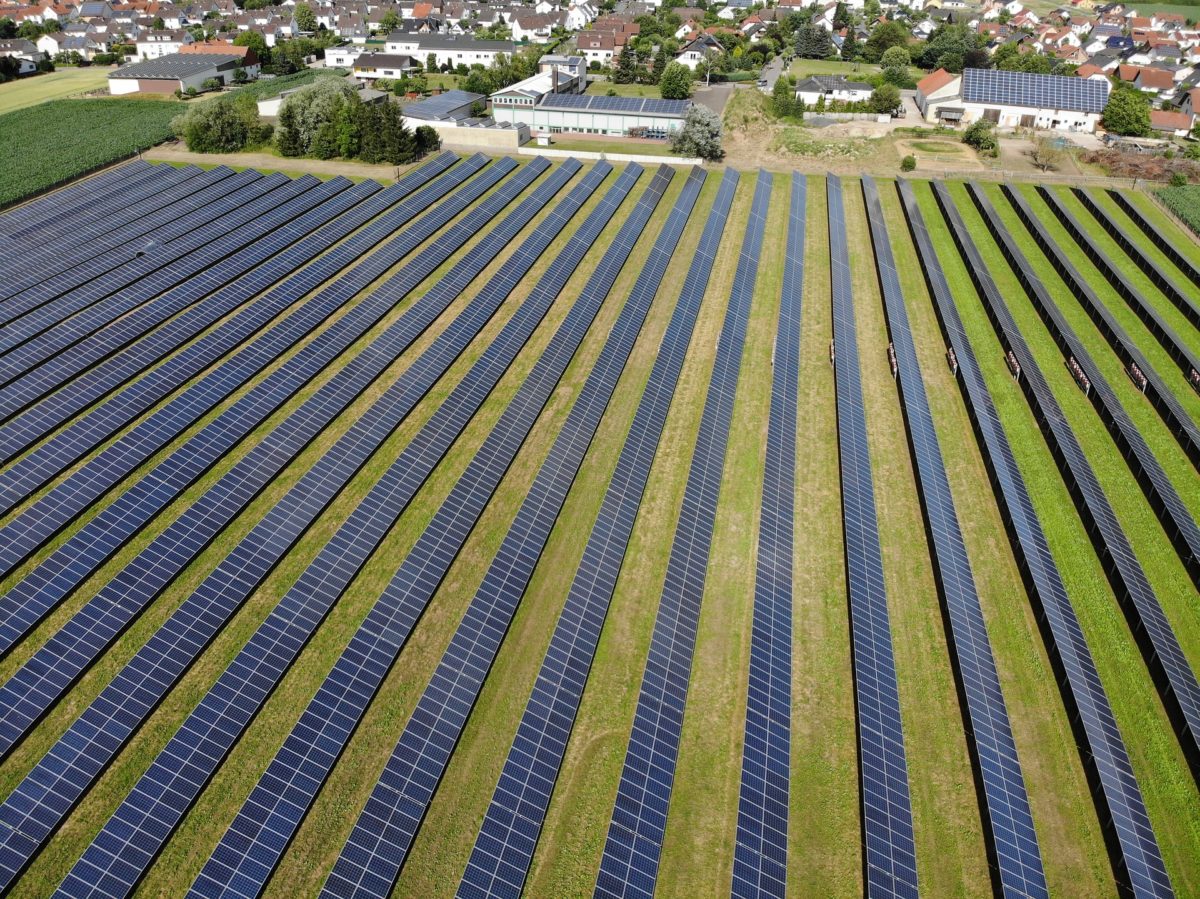From pv magazine France.
The most optimistic scenario outlined in France’s national energy plan, the Programmation Pluriannuelle de l’Énergie (PPE), envisages 54 GW of operational solar generation capacity in ten years’ time, and the least ambitious 41.5 GW.
Solar thinktank France Territoire Solaire commissioned Parisian analyst Artelys and energy transition consultancy i Care & Consult to study what impact the 12.5 GW of solar capacity between the two figures would do to reduce the nation’s carbon footprint.
The report’s authors used Artelys’ Crystal Super Grid tool to model how 12.5 GW of solar would affect France’s electricity mix over a year. The tool modeled electricity supply and demand on an hourly basis and based generation asset uptake on an ascending order of estimated marginal costs for each facility, with solar generation boasting near zero running costs. The report’s authors also claimed to take into account technical constraints on generation assets, such as grid interconnections.
Solar over hydrocarbons
Adding 12.5 GW of solar generation capacity to the least ambitious PPE scenario would generate an extra 14.2 TWh of solar power, according to the study. Under the marginal cost modeling, around 48% of that extra PV electricity – 6.8 TWh – would supplant nuclear output, amounting to solar ‘cannibalizing’ just 2% of the 381 TWh of expected nuclear power generation, according to the study.
The remaining extra solar power would replace 11% of France’s thermal generation according to the modeling, a figure which rose to 89% when extrapolated across Europe, the report’s authors found. More specifically, 52% of the extra solar power would supplant 8% of gas-fired power in France and raise the amount of energy exported to neighbors.
Referring to the 7.4 TWh of extra solar power to be expected from 12.5 GW of capacity, the report stated: “This increase in the production of carbon-free electricity could be even greater (up to 14.2 TWh) if the increase in PV capacity is accompanied by the deployment of additional flexibility, in the form of [energy] storage or [the] conversion of low-carbon electricity into hydrogen; by increasing consumption, for example to satisfy new uses in mobility, industry or construction beyond the objectives set by the PPE; or by readjusting the maintenance plan for nuclear centers.”
Carbon savings
The extra solar plants would also deliver 238 grams of CO2 savings per kWh of capacity, according to the study, based on PV systems having a carbon footprint of 32g/kWh of capacity compared to 270g across the make-up of the modeled power fleet it would replace in France and Europe.
That adds up to a carbon saving of almost 3.4 million tons, according to the report.
“At a time when the health crisis reminds us of the need to be better prepared for the crises to come, and in particular the climate crisis, it is more-than-ever essential to enlighten public decision [making] and the judgment of citizens with proven facts rather than received ideas,” said Antoine Huard, development director at French renewables company Générale du Solaire. “Yes, solar energy is today an essential asset in the war against climate change, everywhere in the world and including in France.”
This content is protected by copyright and may not be reused. If you want to cooperate with us and would like to reuse some of our content, please contact: editors@pv-magazine.com.



2 comments
By submitting this form you agree to pv magazine using your data for the purposes of publishing your comment.
Your personal data will only be disclosed or otherwise transmitted to third parties for the purposes of spam filtering or if this is necessary for technical maintenance of the website. Any other transfer to third parties will not take place unless this is justified on the basis of applicable data protection regulations or if pv magazine is legally obliged to do so.
You may revoke this consent at any time with effect for the future, in which case your personal data will be deleted immediately. Otherwise, your data will be deleted if pv magazine has processed your request or the purpose of data storage is fulfilled.
Further information on data privacy can be found in our Data Protection Policy.